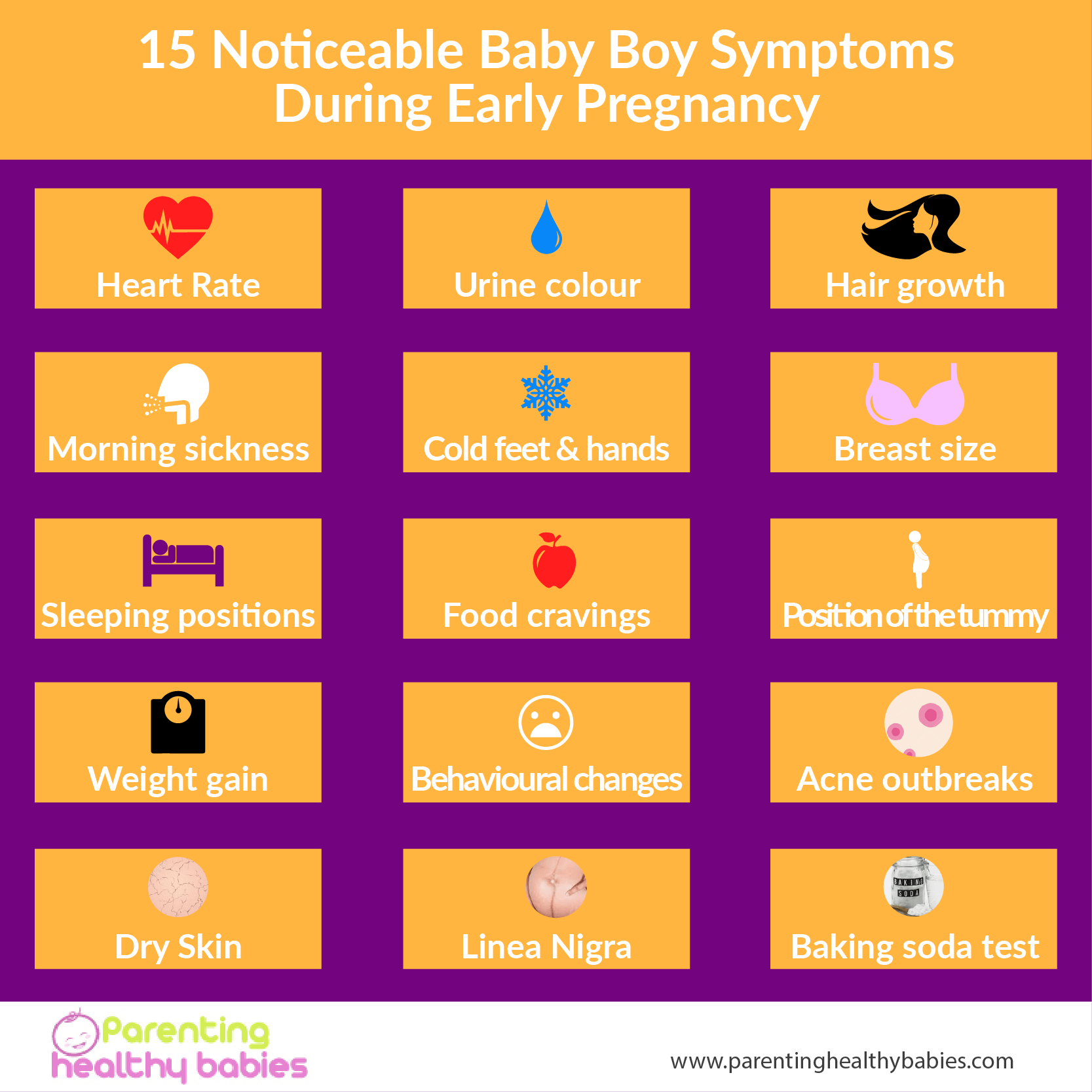The concept of viable and non-viable pregnancy is easy to grasp as the definitions are clear in the medical world. A viable pregnancy is where the baby is developing well and has a reasonable chance to make it to the full term whereas a non-viable pregnancy is where the baby has no chance of being born alive.
In this article:
What is a Viable Pregnancy?
How is Viable Pregnancy Determined?
What is a Non-Viable Pregnancy?
Causes of Non-Viable Pregnancy
How is Non-Viable Pregnancy Determined?
A Guide for Viable and Non-Viable Pregnancy
What is a Viable Pregnancy?
A viable pregnancy means looming around the pregnancy being alive and progressing normally. Before the foetal heartbeat is detected, viable could be just that the pregnancy hormone hCG is rising normally. When there is one foetus detected in the uterus in ultrasound with a healthy heart rate and normal development, the doctors would call it a single viable intrauterine pregnancy.
How is Viable Pregnancy Determined?
There are markers available to determine whether a pregnancy is viable. Here are 5 of them –
Human Chorionic Gonadotropin (Hcg) Hormone
The hCG is a hormone produced by the placenta during implantation in the uterus. During a normal pregnancy, the levels of the hCG hormone rapidly increase over the days such that it can be detectable. Home pregnancy test kits measure hCG levels in the urine but a blood test can give a proper reading. Four weeks into the pregnancy, the hCG levels would range between 17 to 119 mIU/ml and to know whether the number doubles every two or three days. In about 85% of normal pregnancies the hCG levels double and once it reaches 2000 mIU/ml, some embryonic development becomes apparent on the transvaginal ultrasound.
Gestational Sac
A woman is considered to be four weeks pregnant by the time of first missed period and the embryo would have implanted in the uterus only about a week or so before. This is when the first pregnancy test is done although at four weeks there’s still nothing that can be picked up by an ultrasound scan. By the next week, the gestational sac which holds the developing embryo comes into view. By six weeks, a yolk sac can be seen within the gestational sac in an ultrasound scan. The yolk sac provides nutrition to the embryo before the placenta is developed.
Foetal Pole
When the embryo begins developing it looks like a small bean or a tiny straight pole that is a little curved at the end. The foetal pole appears around five and a half to six and a half weeks and its length is measured from one end to the other and called as the crown-rump length (CRL) which is the length between the head (crown) and the button of the buttocks (rump). Once the CRL of the foetus exceeds 7 mm, a heartbeat should be detected through a transvaginal ultrasound technique.
Foetal Heartbeat
When the foetal heartbeat first becomes detectable, the heart is still a tiny one-chambered tube. The heartbeat appears as a little flicker on the ultrasound scan at about six weeks which is an indicator of the well being of the foetus. The heart rate is initially slower and once the foetus develops a full heart with four chambers, the heartbeat is around 110 beats per minute (BPM) in a viable intrauterine pregnancy. However, a foetal heartbeat of fewer than 90 beats per minute might indicate a non-viable pregnancy. A healthy heartbeat is an indicator of a viable pregnancy and once it is seen, the chance of a miscarriage drops significantly and around 95% of the pregnancies from here go on to be full term.
Symptoms of Pregnancy
Early pregnancy symptoms are normally an indicator that is pregnancy is normally developing. Many women wonder if morning sickness a good sign of a viable pregnancy and the answer is that there is a good chance it could be coupled with other signs and symptoms such as nausea, sore breasts, frequent urination and fatigue. These are the result of varying pregnancy hormones in the body.
What is a Non-Viable Pregnancy?
A non-viable pregnancy means when there is no chance of a live infant being born out of the pregnancy or the foetus does not have a chance to survive even when born alive. Diagnostically, in the early stages non-viable does not mean that the foetus has a little chance of survival in fact it has no chances of survival. In the early stages of gestation it is possible to have a non-viable pregnancy but no miscarriage and the symptoms of miscarriage show up eventually.
Causes of Non-Viable Pregnancy
- It could be an ectopic pregnancy when the fertilised egg implants outside of the uterus like in the fallopian tubes.
- Sometimes a fertilised egg which is not capable of surviving implants in the uterus which leads to molar pregnancy.
- A chemical pregnancy is one such non-viable condition where the fertilised egg fails to implant in the uterus.
- An anembryonic gestation which is also called as a blighted ovum is a condition where the pregnancy stops after the gestational sac forms.
- Pregnancies where the foetus no longer has a heartbeat,
- Congenital defects which make survival impossible for the foetus.
- A premature birth where the baby is not able to survive.
How is Non-Viable Pregnancy Determined?
The Society of Radiologists in Ultrasound (SRU) has a definite set of criteria by which non-viable pregnancy can be determined which are as follows –
- The CRL is 7 mm or more with no heartbeat in the foetus.
- The gestational sac has a mean diameter of 25mm or more but has no embryo in it.
- Gestational sac not containing a yolk sac is seen in the first scan but after two or more weeks there is no embryo with a heartbeat.
- Gestational sac with a yolk sac is seen in the scan but after 11 or more days there is no embryo with a heartbeat.
- CRL length less than 7 mm without a heartbeat.
- Gestational sac diameter is between 10 to 24 mm and no embryo.
- Gestational sac with the absence of a yolk sac is picked up in the scan and after 7 to 13 days there is no embryo with a heartbeat.
- Gestational sac along with a yolk sac is observed in the ultrasound and 7-10 days later embryo with a heartbeat is missing.
- There is no embryo 6 or more weeks after the last menstrual period.
- The amnion (the membrane that surrounds the embryo) is absent.
- Enlarged yolk sac that is bigger than 7 millimeter.
- Gestational sac size is disproportionately small as compared to the embryo.
Conclusion
Viable pregnancy means that a baby can be born alive and non-viable pregnancy means there is no chance of a live-born baby. These prevent the termination of a pregnancy where, in fact, the baby does have a reasonable chance of surviving.
References
https://www.ncbi.nlm.nih.gov/pubmed/23084011













